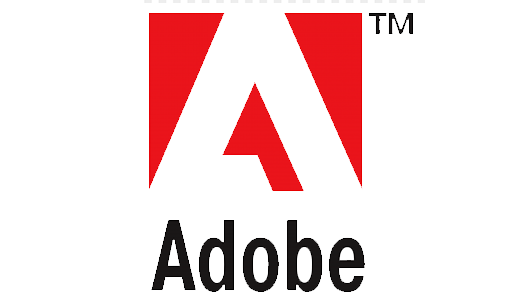The typical elements of the infrastructure are:
The Hardware
It consists of servers, computers, hubs, routers, data centres, switches, etc.
The Software
It consists of Operating System, ERP, CRM and other purposes.
The Network
It consists of network enablement, internet connectivity, security and firewall.
Compulsory Features of a Complete IT Infrastructure:
For an IT infrastructure to function well in your business context, it must have:
Latency Proof:
Latency is the lag that may happen in the communication of data over the network.
There are two types of latency:
- Low Latency Networks
- High Latency Networks
Optimized WAN Network:
WAN optimization not just reduces the travelling costs, it also enhances productivity. Some of the technologies which are used consist of:
- Traffic Shaping.
- Data Deduplication.
- Data Compression.
- Data Caching.
Zero Downtime:
It is critical to reduce interruptions in the business and guarantee that all the mission-critical applications are up and working whenever needed.
High-Performance Storage:
The need for block and file storage products and solutions is mandatory to meet the demand of unique requirements of Big Data and Web 2.0.
The current storage technologies which are used are:
- Disk Storage Systems.
- Disk Backup Systems.
- Tape Drives and Blades.
- Archival and Back-Up Solutions.
- Unifies Storage and Virtualized Solutions.
- Business Continuity Solutions.
- Disaster Recovery Solutions.
Virtualization:
Server virtualization is a technology that renders capabilities and efficiencies which aren’t conceivable in a physical world.
There are several benefits of virtualization, which are:
- Energy Saving.
- Faster Server Provisioning.
- Increases Uptime.
- Improved Disaster Recovery.
- Fosters Cloud Computing.
Security:
Security plays a significant role in running an IT infrastructure from a defenceless state to an optimized state.
- Controlling information access.
- Availability of data.
Implementation of standards.










